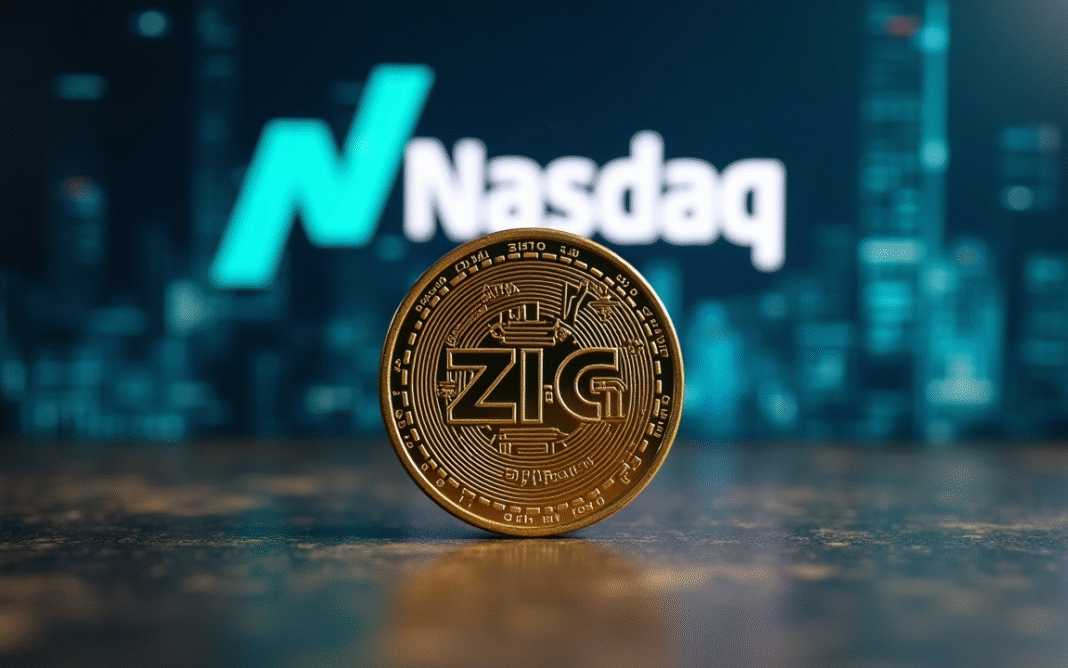Market Pulse
The digital transformation of money is accelerating, and as October 2025 draws to a close, Central Bank Digital Currencies (CBDCs) are emerging as a pivotal force. Far from a niche blockchain experiment, these state-backed digital currencies are steadily progressing from conceptual discussions to pilot programs across the globe, poised to reshape the very foundations of global finance and present a complex new dynamic for the burgeoning crypto industry.
What Are Central Bank Digital Currencies (CBDCs)?
CBDCs represent a digital form of a country’s fiat currency, issued and backed by its central bank. Unlike cryptocurrencies, which are decentralized and often permissionless, CBDCs are centralized and typically permissioned. They generally fall into two categories:
- Wholesale CBDCs: Designed for interbank settlements and institutional use, aiming to improve efficiency and reduce risk in financial markets.
- Retail CBDCs: Intended for public use, serving as a digital alternative to physical cash, often directly accessible to consumers.
The Driving Forces Behind CBDC Development
The global push for CBDCs is multifaceted, driven by a combination of economic, technological, and geopolitical factors:
- Enhanced Payment Efficiency: CBDCs promise instant, lower-cost domestic and cross-border payments, reducing reliance on legacy infrastructure.
- Financial Inclusion: Providing digital payment access to unbanked populations.
- Monetary Policy Tools: Offering central banks new levers for economic stimulus or control, potentially allowing for targeted interventions.
- Countering Private Digital Currencies: A strategic move to maintain monetary sovereignty in an era of stablecoins and cryptocurrencies.
- Technological Innovation: Leveraging advancements in distributed ledger technology (DLT) or centralized databases to create resilient payment systems.
Implications for Traditional Finance
Commercial banks and established payment processors face a significant paradigm shift with the advent of CBDCs.
- Disintermediation Risk: If retail CBDCs offer direct accounts with the central bank, commercial banks could see a reduction in deposits, impacting their lending capacity.
- New Opportunities: Banks may transition to a new role as service providers, handling identity verification, wallet management, and other front-end services for CBDC users.
- Improved Settlement: Wholesale CBDCs are expected to streamline securities settlement and interbank transactions, enhancing financial stability.
The Evolving Landscape for the Crypto Industry
For the decentralized crypto economy, CBDCs present both challenges and potential integration points:
- Competition with Stablecoins: State-backed digital currencies will directly compete with private stablecoins, particularly in terms of perceived safety and regulatory backing.
- Regulatory Pressure: The introduction of CBDCs could accelerate global regulatory frameworks for all digital assets, potentially leading to stricter oversight.
- Blockchain Integration: While many CBDC projects are not purely blockchain-based, some explore DLT for efficiency, opening doors for interoperability with private blockchain solutions or permissioned networks.
- Privacy Concerns vs. Decentralization: CBDCs typically involve a degree of central oversight, contrasting sharply with the privacy and censorship-resistance ethos of many cryptocurrencies. This ideological divide could further entrench arguments for decentralized alternatives.
Global Progress and Key Players
As of late 2025, numerous nations are in advanced stages of CBDC exploration or pilot implementation:
- The Digital Euro project continues its preparatory phase, with the European Central Bank eyeing potential launch parameters.
- China’s Digital Yuan (e-CNY) has seen extensive real-world testing and continues its phased rollout, demonstrating its utility in diverse retail scenarios.
- The United States remains cautiously explorative, with the Federal Reserve weighing the pros and cons of a digital dollar, focusing on research while ensuring any potential CBDC would complement the existing financial system.
- Other nations, from the Bahamas (Sand Dollar) to Sweden (e-krona), offer diverse case studies, highlighting various approaches to design and implementation.
Conclusion
The rapid advancement of Central Bank Digital Currencies signals a monumental shift in how money is conceived, transmitted, and controlled. As we move closer to 2026, the intersection of CBDCs with existing financial systems and the burgeoning crypto market will define a new era of digital finance. While promising efficiency and financial inclusion, the implications for privacy, monetary policy, and the very nature of trust in a digital economy will remain central to the ongoing global dialogue. Navigating this transformation will require careful consideration from policymakers, financial institutions, and the crypto community alike.
Pros (Bullish Points)
- Improved efficiency and lower costs for domestic and cross-border payments.
- Potential for greater financial inclusion for unbanked populations.
- Offers central banks enhanced tools for monetary policy management.
Cons (Bearish Points)
- Significant privacy concerns due to centralized control and potential for surveillance.
- Risk of disintermediation for commercial banks, impacting traditional lending models.
- Could increase regulatory pressure and competition for decentralized cryptocurrencies and stablecoins.
Frequently Asked Questions
What is the main difference between a CBDC and a stablecoin?
CBDCs are issued and backed by a central bank, making them a direct liability of the state, whereas stablecoins are typically issued by private entities and peg their value to fiat currency or other assets.
Will CBDCs replace traditional cash?
While CBDCs offer a digital alternative, most central banks envision them coexisting with physical cash and other forms of digital payments, rather than fully replacing them in the near term.
How might CBDCs impact the average consumer?
Consumers could benefit from faster, cheaper, and more accessible digital payments, but may also face increased scrutiny over transactions due to centralized oversight.






